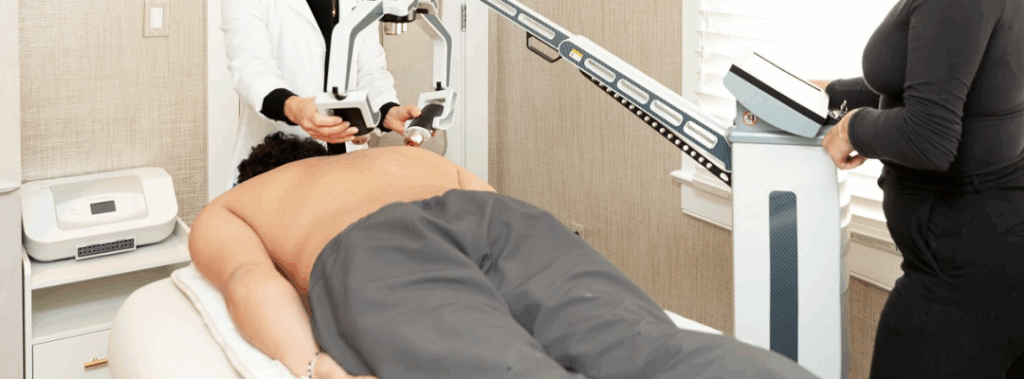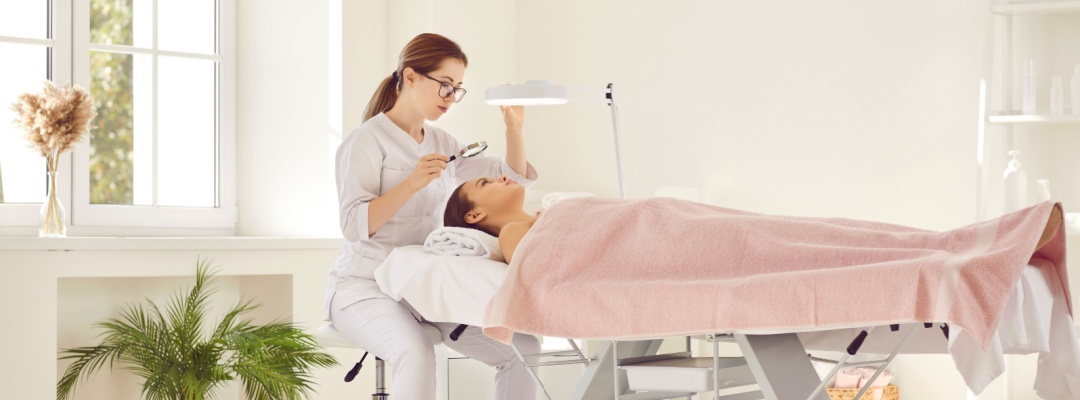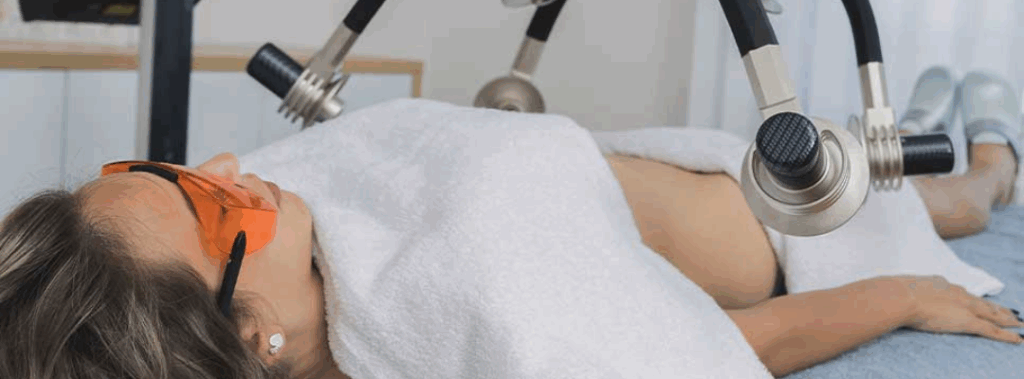
The beauty industry is constantly evolving, with clients seeking non-invasive treatments that deliver real results. Aestheticians who offer advanced services can stand out in a competitive market, and one of the most promising technologies available is Low-Level Laser Therapy (LLLT). This versatile tool can enhance aesthetic outcomes in areas such as skin rejuvenation, acne treatment, and non-invasive fat reduction, providing a valuable addition to any aesthetician’s toolkit. In this blog, we’ll explore how LLLT works and how it can help aestheticians offer cutting-edge services that improve client satisfaction.
Skin Rejuvenation with Low-Level Laser Therapy
One of the most popular uses of LLLT in the aesthetic industry is for skin rejuvenation. As clients age, they begin to experience the effects of decreased collagen production, leading to the appearance of fine lines, wrinkles, and sagging skin. LLLT addresses these concerns by stimulating the skin’s natural ability to produce collagen, a vital protein responsible for maintaining firmness and elasticity.
Through this collagen-boosting effect, LLLT helps smooth out fine lines and wrinkles, leading to firmer, more youthful-looking skin. Additionally, by improving blood circulation and cellular regeneration, LLLT can enhance skin tone and texture, leaving clients with a refreshed and radiant complexion. This treatment is a non-invasive alternative to more aggressive anti-aging procedures, offering a gentle yet effective solution for clients looking to rejuvenate their skin without downtime.
Treating Acne with Low-Level Laser Therapy
Acne is a common concern for clients of all ages, and treating it effectively can be challenging. Low-Level Laser Therapy offers a gentle and non-invasive solution for reducing acne breakouts and improving overall skin clarity. The light energy used in LLLT works by reducing inflammation, a key contributor to acne, and inhibiting the growth of acne-causing bacteria on the skin.
Because LLLT is non-irritating, it’s particularly beneficial for clients with sensitive or acne-prone skin who may not tolerate more aggressive treatments well. This makes it an excellent option for reducing acne while also improving the health and appearance of the skin. Aestheticians can also use LLLT in combination with other acne treatments, such as topical products or facials, to enhance the results and provide a more comprehensive approach to skincare.
Non-Invasive Fat Reduction with LLLT
As more clients seek body contouring solutions without the risks associated with surgical procedures, non-invasive fat reduction has become a growing trend in the beauty industry. LLLT offers a safe and effective way to target stubborn fat deposits without the need for surgery or significant downtime. The light energy used in LLLT penetrates the skin and affects the fat cells, causing them to break down and be naturally eliminated by the body.
Clients who are looking to slim down and tone specific areas, such as the abdomen or thighs, can benefit from this non-invasive approach. While multiple sessions may be required to achieve optimal results, LLLT provides a pain-free and convenient alternative to invasive procedures like liposuction. This makes it an appealing option for clients who want noticeable body contouring results without the recovery time.
Integrating LLLT into Your Aesthetic Practice
For aestheticians interested in incorporating LLLT into their services, choosing the right LLLT device is crucial. Devices vary in terms of wavelength, power output, and ease of use, so selecting a device that meets the needs of your practice and clientele is essential. It’s also important to invest in an FDA-approved device to ensure safety and efficacy in treatments.
Training and education are equally important. Aestheticians should seek out proper certification and training to ensure they understand the best practices for delivering LLLT treatments safely and effectively. With the right knowledge, aestheticians can confidently offer these advanced services, improving both client satisfaction and treatment outcomes.
Once LLLT is integrated into a practice, it’s important to market these services effectively. Promoting LLLT treatments through your website, social media, and in-office signage can help attract new clients interested in non-invasive beauty solutions. Highlighting the benefits of LLLT—such as its ability to improve skin health, reduce acne, and contour the body—will help differentiate your practice from competitors and draw in clients seeking innovative treatments.
Conclusion
Low-Level Laser Therapy is revolutionizing the aesthetic industry, offering aestheticians a powerful tool to enhance skin rejuvenation, acne treatment, and non-invasive fat reduction. By incorporating LLLT into their practice, aestheticians can provide advanced treatments that deliver real results, boosting client satisfaction and offering a competitive edge in the beauty industry. As demand for non-invasive treatments continues to grow, aestheticians who adopt LLLT will be well-positioned to meet their clients’ evolving needs and set their practice apart.



